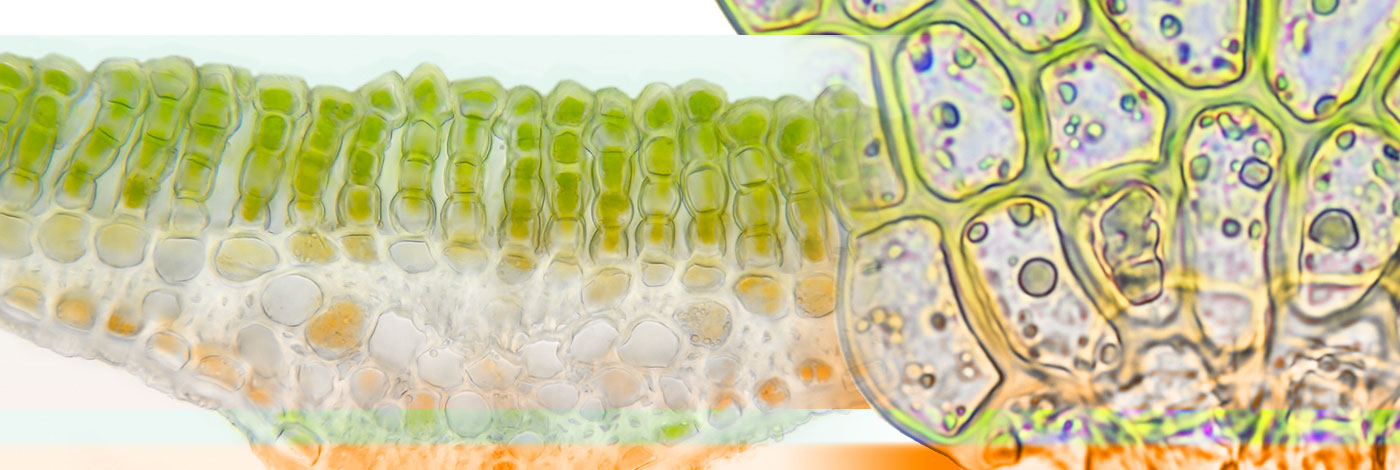
 Cryptogamie, Bryologie
25 (3) - Pages 205-248
Cryptogamie, Bryologie
25 (3) - Pages 205-248Aquatic bryophytes have been studied and used as biological indicators of water quality for more than thirty years. A bibliographic review describing research studies carried out on this topic is presented here; this work is based on international publications and French reports more or less distributed which gives to this work an original look. Aquatic bryophytes are described. A biological indicator or ‘bioindicator’ is defined as “an organism or a group of organisms which, – using biochemical, cytological, physiological, ethological or ecological parameters – are able to characterize conveniently and reliably the state of ecosystems and to show as early as possible their natural or induced changes” (Blandin, 1986). Pollutant bioaccumulation, as well as physiological responses related to stress is here outlined. Research studies on mechanisms of bioaccumulation of metals in aquatic environments are well-developed. Bioaccumulation is mainly a very efficient mechanism of adsorption that occurs in the cell-walls and external plasma membranes of cells of mosses. Intracellular absorption also occurs and leads to the storage of metal in moss cells. Parameters that induce changes of the level of bioaccumulation of metal in mosses are environmental – pH, temperature, light, season, external metal concentration, competition between metals, mineral and organic suspended matter, current velocity; and biological – physiological state and variability between species of mosses. Acidity, which plays an important role in these various processes, is discussed. Mechanisms of metal decontamination involving the biosynthesis of molecules like glutathion, or the increase of intracellular calcium, could play a role in protecting living cells against metal toxicity in mosses. These results have permitted a constant improvement of the efficiency of the use of bryophytes to assess contamination levels of metal in aquatic ecosystems. Mosses are also known to be good accumulators of radionuclides, and the mechanisms of bioaccumulation are similar to those of metals. However, processes of organic compound accumulation by bryophytes – including pesticides, polychlorobiphenyls, polycyclic aromatic hydrocarbons and monocyclic hydrocarbons, and antibiotics – are still poorly known. From a practical point of view, passive biomonitoring is based on the study of autochthonous mosses, i.e. mosses naturally present in the studied sites. Active biomonitoring is based on mosses transplanted from non-contaminated sites to the studied sites. Advantages and drawbacks of these methods are discussed. Concerning studies on physiological responses related to heavy-metal induced stress, research on bryophyte oxidative stress is not developed enough to permit this to be used as bioindicator tool at present. On the other hand, the chlorophyll-to-pheophytin ratio (D665/D665a) is a useful method for the estimation of global water quality. It is an index of physiological stress in aquatic bryophytes based on the degradation of chlorophyll into pheophytin after the loss of a magnesium atom. On a cellular scale, ionic movements of essential elements, namely the cellular loss of potassium, magnesium or calcium ions have been studied. The loss of potassium is an indicator of an increase of membrane permeability that follows membrane alteration. Microscopic and macroscopic observation of aquatic bryophytes is another method used to quantify visible effects of pollutants present in high or highly toxic concentrations. The French Water Agencies currently use indices like the index of metal contamination (based bioaccumulation of a metal in mosses) or index of polymetallic pollution (based on accumulation of a mixture of metal). All these studies further develop the use of aquatic bryophytes as bioindicators of freshwater quality.